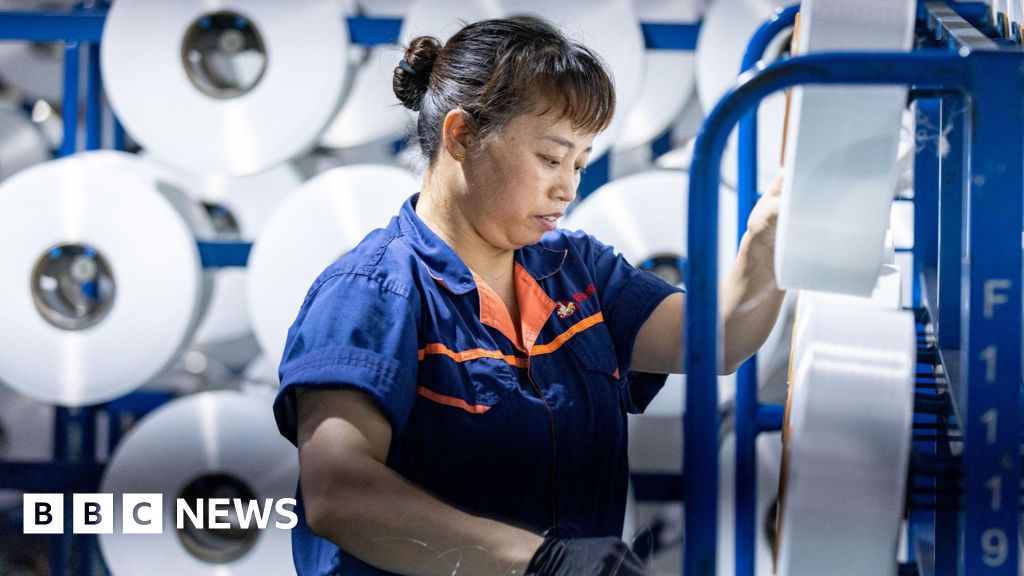The Chinese Economy Faces a Slowdown: Implications for Global Trade and Growth

Introduction
The Chinese economy, which has been a major driver of global growth for the past few decades, is facing a slowdown. According to recent data, industrial production and retail sales in China have expanded at their slowest pace this year, indicating a loss of momentum. This comes as policymakers in the country struggle with the threat of deflation and trade pressures that are weighing on the economy.
Key Details
The slowdown in industrial production and retail sales can be attributed to multiple factors. The ongoing trade war with the United States has led to a decrease in exports and a decline in consumer confidence. This has also impacted the manufacturing sector, leading to a decrease in production. In addition, China's efforts to shift its economy from an export-driven model to a more consumer-driven one have not yet fully materialized, further adding to the slowdown.
Impact
The slowdown in the Chinese economy has far-reaching implications. As the second-largest economy in the world, China's performance has a significant impact on global trade and growth. The decrease in industrial production and retail sales not only affects the country's domestic market but also has a ripple effect on the global supply chain. In addition, a slowdown in China's economy could also have an impact on the prices of commodities, as the country is a major consumer of raw materials.
About the Organizations Mentioned
United States
The **United States** is a federal republic and a global superpower, playing a leading role in economics, military strength, technology, and governance. It is a nation of approximately 348 million people as of 2025, characterized by its diverse population and dynamic economy[8][6]. Founded in 1776 following independence from British rule, the U.S. rapidly evolved into a major world power, especially after World War II, when its technological and economic investments solidified its global dominance[4]. Today, it remains the world’s preeminent military power, with 76% of Americans recognizing this status, while about half view it as the leading economic power globally, though China is seen as a rising competitor[2][3]. The U.S. government operates through a complex system that manages federal finances, taxation, social welfare programs, and trade policies. Recent legislative changes, such as the 2017 Tax Cuts and Jobs Act and the 2025 One Big Beautiful Bill Act, have shaped the tax landscape to influence economic growth, labor markets, and federal revenue[1]. Despite challenges like rising federal deficits projected to reach 6.9% of GDP by 2027, consumer spending remains resilient, and business investment is expected to grow steadily in 2025[5]. In governance, the U.S. is rated "Free" with a score of 84/100 by Freedom House, though concerns about democratic erosion and partisan conflicts persist[6]. Public trust and satisfaction with government services fluctuate, reflecting ongoing debates about policy effectiveness and institutional competence[7]. Technologically, the U.S. maintains a critical edge, underpinning its economic and geopolitical power. Experts warn, however, that technological dominance is not guaranteed indefinitely, emphasizing the need for adaptive policies and international cooperation to sustain leadership in innovation and global affairs[4]. Overall, the United States remains a pivotal force in global business, technology, and politics, balancing historic strengths with contemporary challenges in














